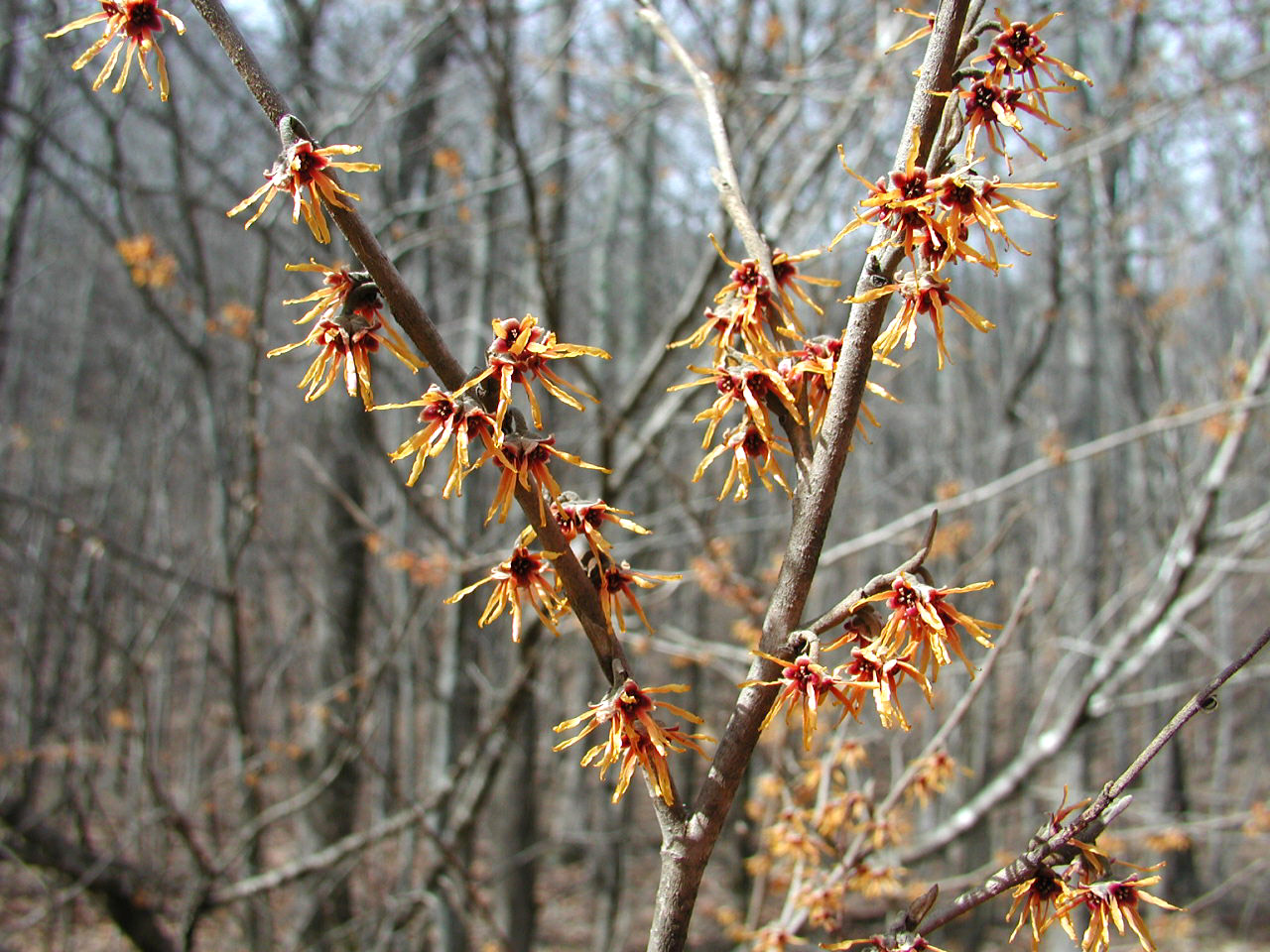Spring Returns
Contact
University of Arkansas System Division of Agriculture
Cooperative Extension Service
2301 S. University Ave.
Little Rock, AR 72204

Spring Returns
Each season has its appeal, but the arrival of spring is a special time as the wildflowers awaken one by one, the birds begin their frenzied activity as they build nests and the trees break bud and begin growing. All of this activity is triggered by the gradual lengthening of the days as winter recedes in the rearview mirror and spring stretches ahead like an unfulfilled promise.
Of course the lengthening of the days with its corresponding delivery of more heat and light is the catalyst behind this seasonal rush into spring. When I cared for our little houseplant collection while teaching at the UofA, I began seeing the first stirrings about the third week of January. This was about a month after the winter solstice, the shortest day of the year. As the season progressed, the rate of change picked up and soon full-on spring had arrived.
I always thought that as spring arrived, the daily increment of sunlight added each day increased but I never took time to understand why this occurred. As I watch this new spring season arrive, it seems like now is high time to investigate this phenomenon further.
The seasonal changes in day length occur because the 23.5-degree tilt of the earth — relative to the sun — results in the sun appearing to move north in the fall and south in the spring. The amount of daily change in the length of the day depends on both the closeness (in days) from the solstice and the location on our planet. Near the equator there is almost no change in the length of the day during the annual circuit around the sun while at the north pole there are periods of 24 hours of sunlight around the summer solstice and 24 hours of darkness around the winter solstice.
In the mid-latitudes where we live, our longest day in June during the summer solstice is about 14.5 hours of sunlight while during the winter solstice it is nine and a half hours. The change in daily hours of light over this 176-day period is not consistent, instead taking on the form of a flattened bell-shaped curve. During the days nearest the summer or winter solstice the change in the length of the day is negligible. As the spring or autumnal equinox (when the length of the day and night are equal) approaches, the rate of day length change reaches its maximum.
A month after the winter solstice, the houseplants I was tending were picking up on the extra added minute of light each day. By March 21 when the spring equinox occurred, they were really happy with three minutes of daylight added each day. After the equinox, the rate of daily change again slows, reaching a period of no daily change as the planet arrives at its most southerly exposure at the summer solstice.
In northern latitudes such as Alaska, the aforementioned bell-shaped curve is not flattened much with the daily rate of change much greater than we experience. At the spring equinox, northern cities experience as much as eight minutes of extra light each day, or almost an hour more sunlight each week.
The reason for this non-uniform rate of change in the length of the day and night cycle is that the earth is behaving like the bob at the end of a pendulum. The sun is the anchor point. As a pendulum swings along the arc of its path, it stops as it reaches the high point on either end of the arch (the summer and winter solstice). At its lowest point in the arc (the vernal and autumnal equinox), the velocity (rate of change) is at its greatest.
At the equator there is no difference in the length of the day and night, so there is no significant movement along the path of the pendulum. In northern latitudes the annual change from light to dark is extreme, so the velocity (rate of change) is greater. In our mid-continental way, ours is a mid-sized change in the length of the day and night.
So, over the next month we will be adding about 20 extra minutes of daylight each week. This extra heat and light will provide the energy nature needs to rev up for another year and improve our spirits as the dark days of winter slip away.
